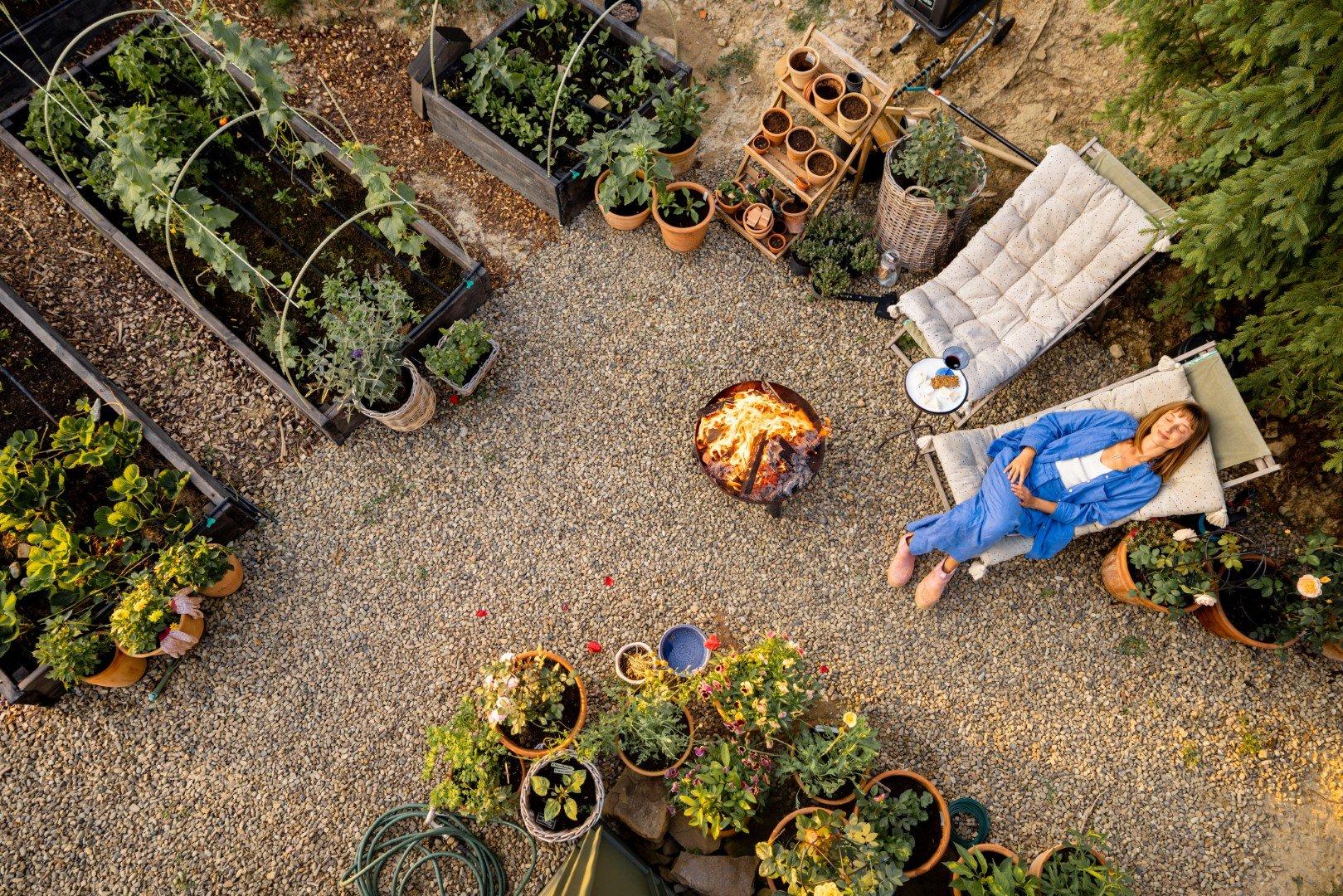Balancing Fun and Learning: An Educator’s Guide to Engaging Classrooms
In today’s dynamic educational landscape, creating engaging classrooms that harmonize both fun and learning is vital. As students become more digitally savvy and expectations for academic achievement grow, educators face the challenge of making classrooms not onyl informative but also exciting and interactive.Balancing fun and learning doesn’t mean sacrificing rigor for entertainment—it means harnessing creative strategies to ignite curiosity, foster engagement, and deepen understanding. This complete guide shares expert advice, practical tips, and firsthand experiences to help educators cultivate a thriving classroom surroundings where learning is a joyous adventure.
why Classroom Engagement Matters
Engaged students are motivated, eager, and eager to participate. According to recent educational research, high levels of engagement in the classroom lead to:
- Improved academic performance
- enhanced critical thinking and problem-solving skills
- Better retention of knowledge
- Positive classroom culture
- Lower rates of behavioral problems and absenteeism
Striking the right balance between fun and learning fosters a supportive environment where students feel empowered to explore, question, and grow academically and personally.
The Benefits of Integrating Fun into Learning
Injecting fun into educational activities has numerous advantages for both teachers and students. The key benefits include:
- Increased Motivation: Enjoyable lessons boost students’ willingness to participate and challenge themselves.
- Deeper Understanding: Interactive activities help connect abstract concepts to real-world experiences.
- Better Collaboration: games and group challenges encourage teamwork and communication skills.
- stronger Teacher-Student Relationships: Shared enjoyment fosters trust, respect, and openness.
Practical Tips for Balancing Fun and Learning
Implementing engaging classroom strategies requires thoughtful planning and creativity. Here are proven methods you can use:
1. Use Gamification
- Class Quizzes & Competitions: Turn reviews into game-show style quizzes with points and prizes.
- Educational Games: Integrate subject-specific games—like ‘jeopardy’ for history facts or ‘Math bingo’ for calculations.
- Progress Badges: Award digital badges for accomplishments using classroom management platforms.
2. Encourage Hands-on Learning
- Interactive Experiments: Bring science lessons to life with safe, hands-on experiments.
- Project-Based Learning: Let students choose real-world projects, promoting creativity and ownership.
- Classroom Makerspaces: Create areas with resources for students to tinker, build, and explore.
3. Incorporate Technology
- Educational Apps: Use platforms like Kahoot!,Quizlet,and Nearpod to create interactive lessons.
- Virtual Field Trips: Take your class on global journeys using virtual reality or online tours.
- Multimedia presentations: Move beyond textbooks with videos, podcasts, and interactive maps.
4. Foster Student Choice and Autonomy
- Choice Boards: Provide multiple options for assignments and projects.
- Student-led Activities: Empower learners to lead discussions, debates, or clubs.
- Flexible Grouping: Let students select their collaborative groups based on shared interests.
5. Connect Lessons to Real Life
- Guest Speakers: Invite professionals to share firsthand experiences relevant to the curriculum.
- Community Projects: Partner with local organizations for service-based learning.
- Problem-Based Learning: Pose real-world problems to solve, making lessons meaningful and memorable.
Case Studies: Real Classrooms, Real results
To illustrate the impact of balancing fun and learning, here are two brief case studies from engaging classrooms:
Case study 1: Gamified Math Lessons in Middle School
Mrs. Carter,a sixth-grade math teacher,transformed her classroom by turning weekly lessons into a series of missions and challenges. Students earned points for solving problems and collaborated to beat classroom records. As a result, test scores improved by 20%, and previously reluctant learners became eager participants. Mrs. carter notes, “When math became a game, anxiety faded, and curiosity took over.”
Case Study 2: Project-Based Science in High school
Mr.Singh incorporated project-based learning into his science curriculum, assigning student teams to design prototype water filters using everyday materials. This hands-on challenge connected directly to global water crisis issues. Not only did students grasp key scientific concepts, but they also developed leadership and critical thinking skills. Student surveys revealed a 95% increase in engagement and heightened interest in STEM careers.
Common Challenges (And How to Overcome Them)
While integrating fun into learning is powerful, educators may encounter obstacles such as curriculum constraints, time management, or mixed student reactions. Here’s how to address thes challenges:
- Align Activities with Learning Goals: Ensure that every engaging activity supports specific educational objectives.
- Plan and Prepare: Schedule time for interactive elements without disrupting essential lesson delivery.
- Gather Feedback: Invite student input to refine activities and keep lessons relevant.
- Balance Structure and Adaptability: Set clear expectations and routines, while leaving room for spontaneous fun.
First-Hand Experience: Insights from the Classroom
“As an elementary teacher, I’ve seen the power of integrating games, music, and stories into my lessons. My students retain more data when they’re having fun—and they routinely tell me that learning is their favorite part of the day. The key is not just the activity itself but tying it back to the day’s objectives.”
– Sarah L.,3rd Grade Teacher
Best Practices for Creating Engaging Classrooms
- Link fun activities directly to curriculum goals for meaningful,lasting learning.
- Rotate strategies to maintain novelty and address diverse learning preferences.
- Regularly review what works (and what doesn’t) through reflective teaching and student feedback.
- Share successes and ideas with colleagues to build a culture of engagement school-wide.
- Celebrate small wins and encourage risk-taking in a safe, supportive environment.
Conclusion: Inspiring Lifelong Learners Through Joyful Engagement
Balancing fun and learning is both an art and a science, but above all, it’s about putting student engagement at the heart of your classroom practice. By integrating interactive activities, promoting student choice, leveraging technology, and connecting lessons to real life, educators can create a vibrant learning environment. The ultimate reward? Students who are not just academically accomplished, but also inquisitive, confident, and excited to learn—laying the foundation for success in school and beyond.
Ready to transform your classroom into an inspiring space for growth and revelation? Embrace these strategies for balancing fun and learning, and watch your students—and your teaching—flourish!

